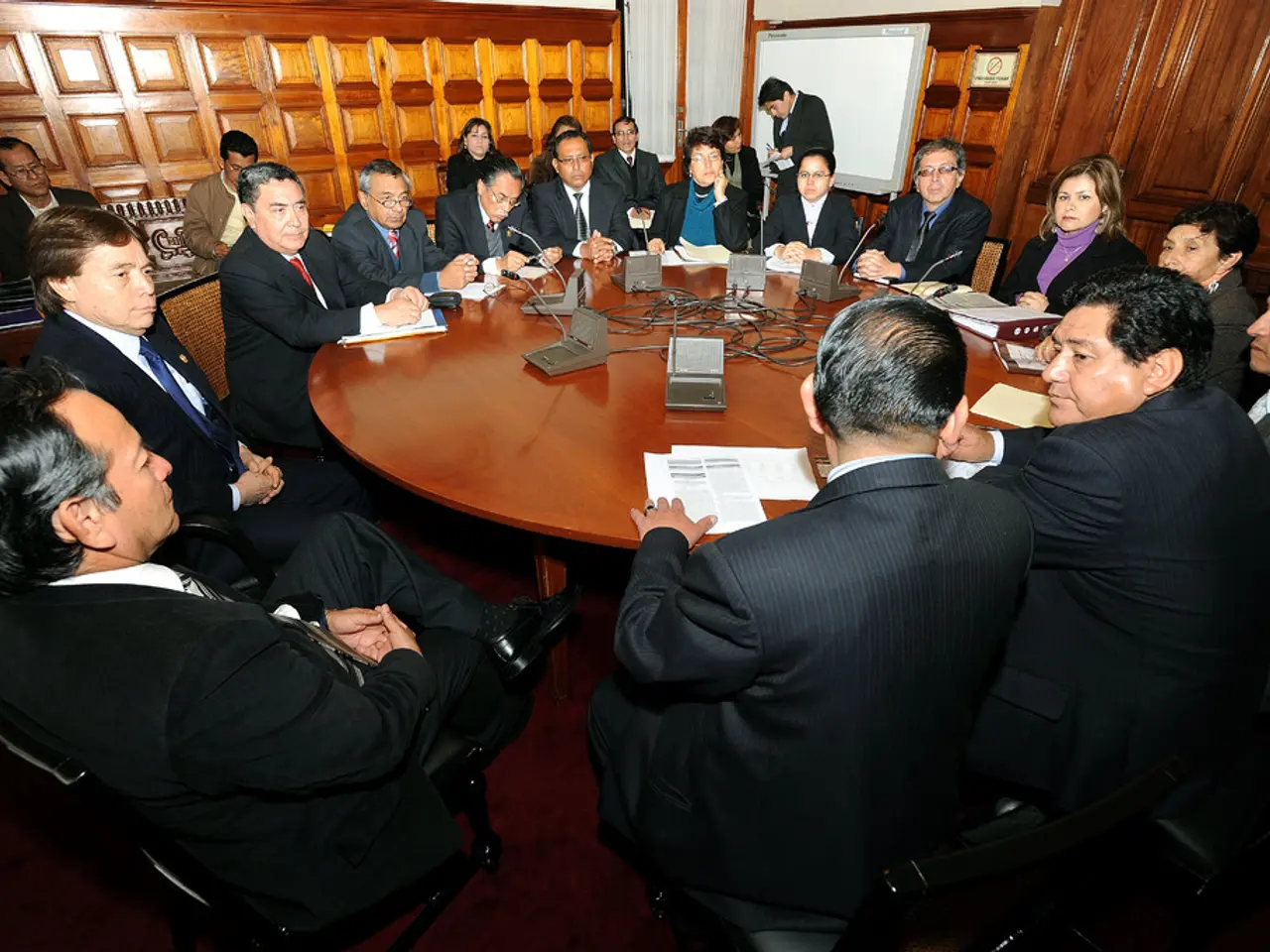Leadership Structure in the Era of Hybrid Work Environments: Redefining Leadership Development Strategies
In the evolving landscape of work, a strategic shift is underway in leadership development programs. As hybrid work becomes the new norm, organisations are adapting to the unique challenges and opportunities presented by this environment. Here's a look at key strategies for effectively redesigning these programs:
**1. Embedding Learning in the Flow of Work**
The first strategy emphasises integrating leadership development into the daily workflow. This approach, known as Just-in-Time Learning, provides leaders with immediate solutions applicable in real-world scenarios, helping them adapt quickly to changing conditions and reducing the need for lengthy training sessions. Additionally, the focus is on practical skills that leaders can apply directly to their work, enhancing their ability to navigate hybrid environments effectively.
**2. Adopting Adaptive Leadership**
The second strategy involves adopting a flexible and adaptable leadership style. Leaders must be able to adjust their approach based on the context, balancing structure with autonomy. This includes personalising communication and coaching methods to suit different team members and work settings. Key skills to develop include contextual intelligence, digital empathy, structured flexibility, and feedback agility, which are essential for leading teams across different time zones and work preferences.
**3. Fostering Inclusive Culture**
The third strategy involves creating inclusive work environments that extend beyond physical boundaries. HR leaders should focus on fostering connected structures and high-performance organizational cultures across hybrid teams. This also includes embedding Environmental, Social, and Governance (ESG) priorities and Diversity, Equity, and Inclusion (DEI) into talent strategies to build a cohesive and purpose-driven organization.
**4. Implementing Agile Talent Models**
The fourth strategy involves redesigning organisational structures, promoting cross-functional collaboration, and accelerating succession planning. This helps in building agile and responsive talent models suitable for hybrid work. Additionally, enhancing HR leaders' competencies in financial literacy and enterprise strategy can contribute effectively to executive decision-making.
**5. Building Remote Work Culture**
The fifth strategy involves implementing a structured approach to building and sustaining remote work culture. This includes diagnosing and aligning cultural health, piloting new strategies, and scaling successful practices. Culture-Informed Hiring and Onboarding also plays a crucial role in instilling distributed team culture from the start with strategic pillars and cross-border mentorship programs.
By incorporating these strategies, leadership development programs can effectively support leaders in the hybrid work era, ensuring they are equipped with the skills and adaptability needed to succeed in complex, distributed environments. The new approach to leadership development focuses on sensemaking, experimenting, and self-discovery, encouraging team members to learn by applying what they have learned and understanding the takeaways of the experiment with their team members. Companies are encouraged to experiment and develop unique ways of conducting leadership development initiatives to meet their specific needs.
- In the context of remote work, implementing a system that promotes 'workplace-wellness' and 'health-and-wellness' practices could be a strategic addition to leadership development programs, helping leaders maintain both personal and professional balance.
- As leadership development programs evolve, incorporating financial literacy and enterprise strategy skills can equip leaders with the necessary 'finance' acumen to make informed decisions that contribute to the long-term financial health and growth of their organizations.
- In the hybrid work environment, 'science' can provide insight into understanding the dynamics of team communication and collaboration, helping leaders navigate the challenges of leading diverse teams and fostering a culture of innovation and creativity.




